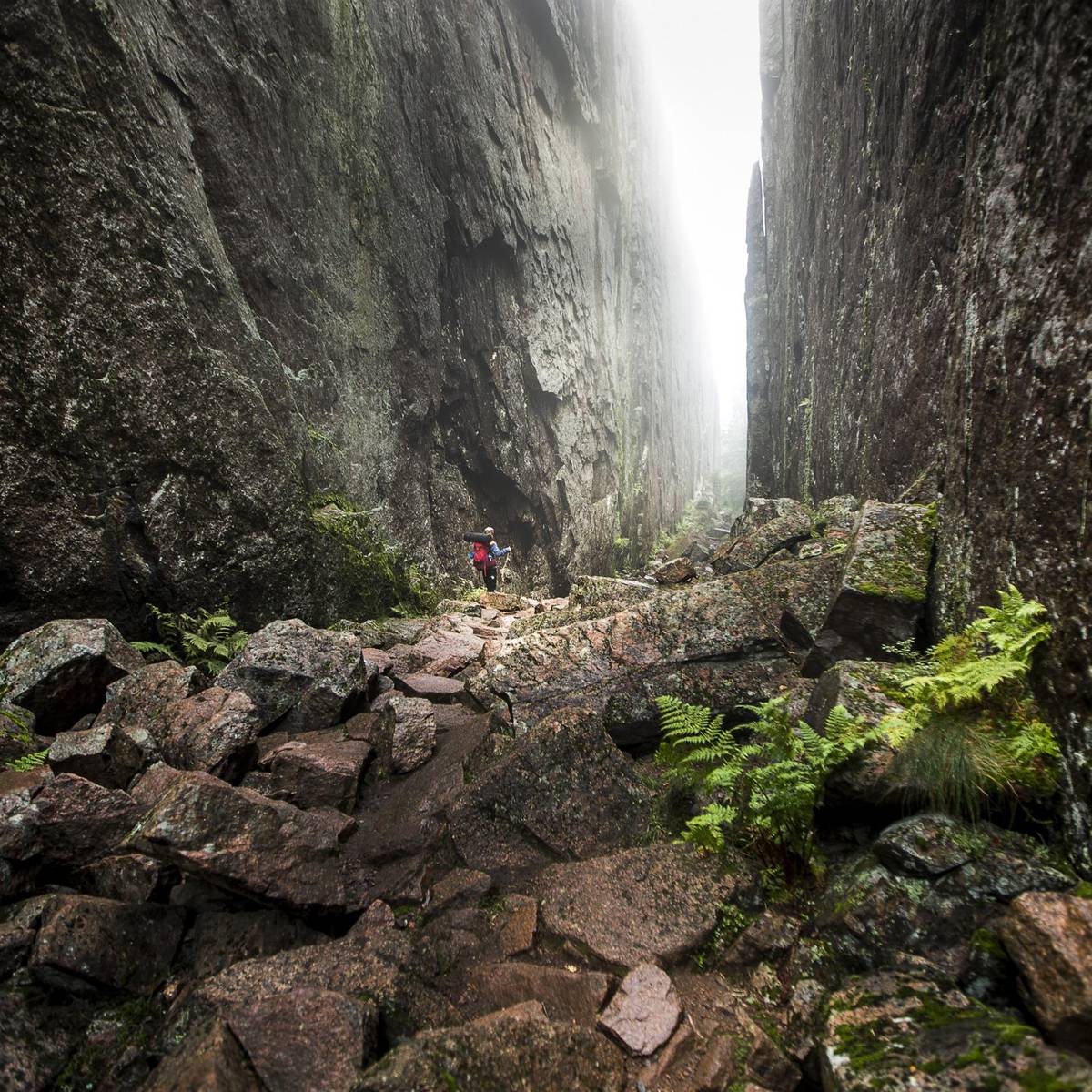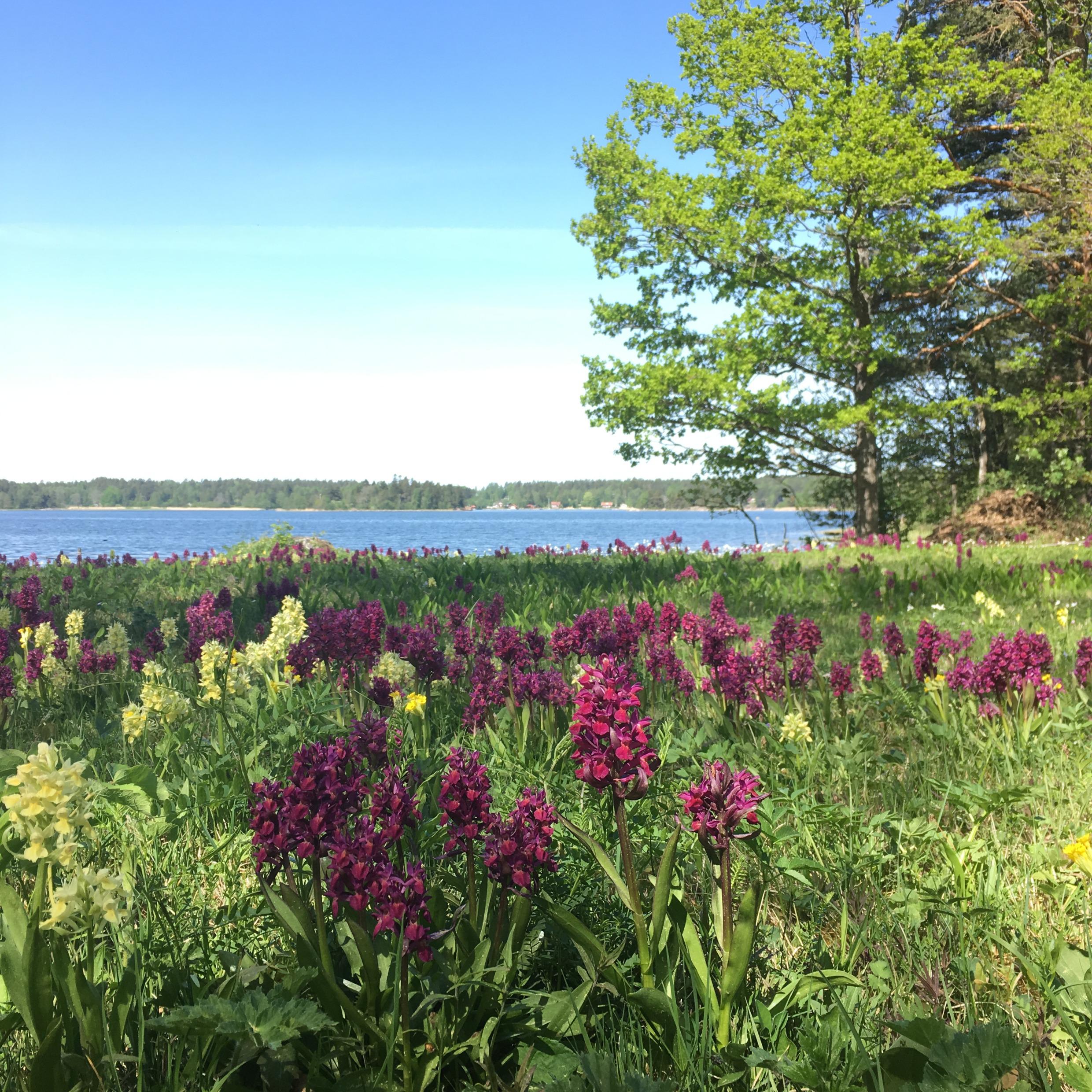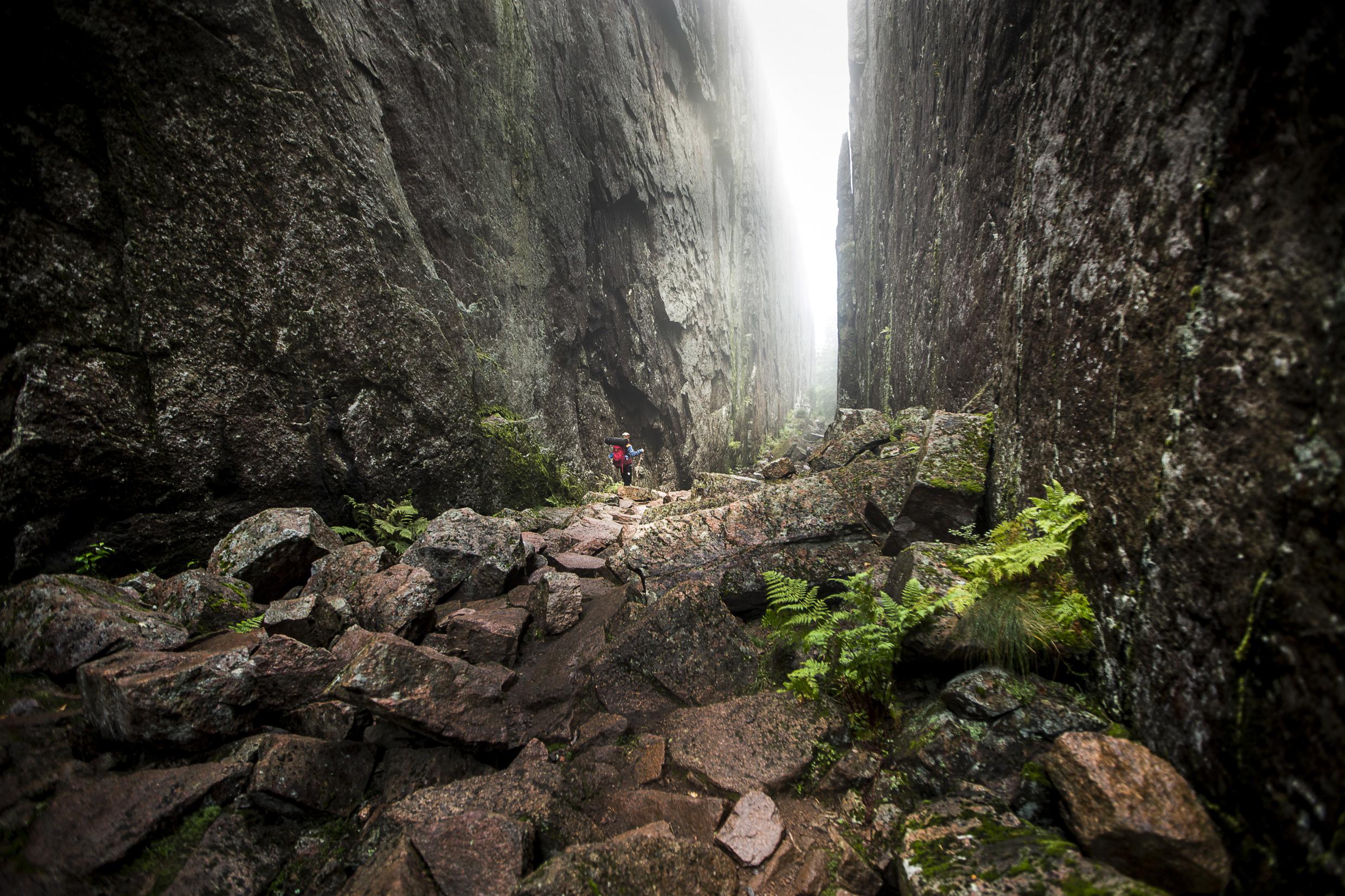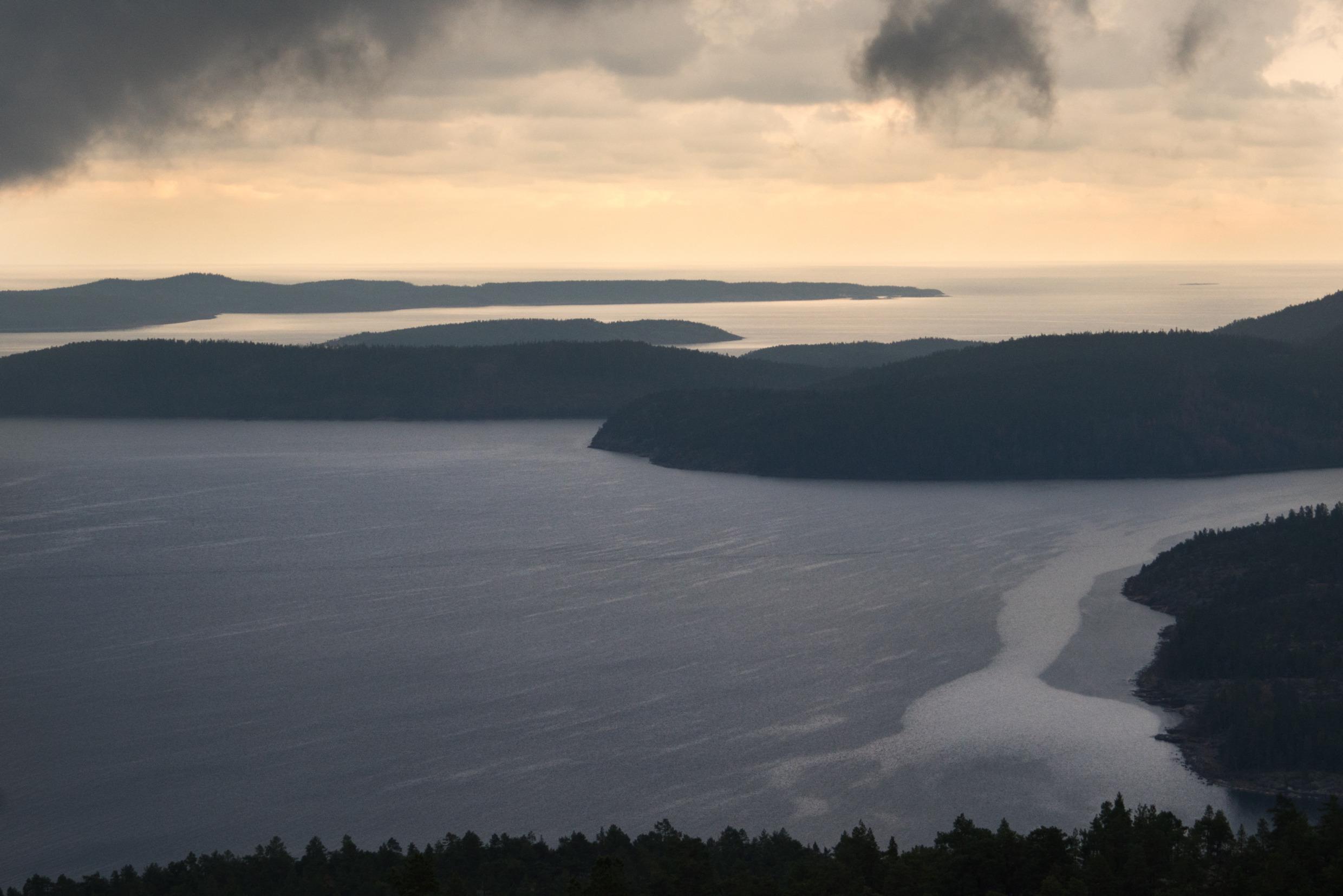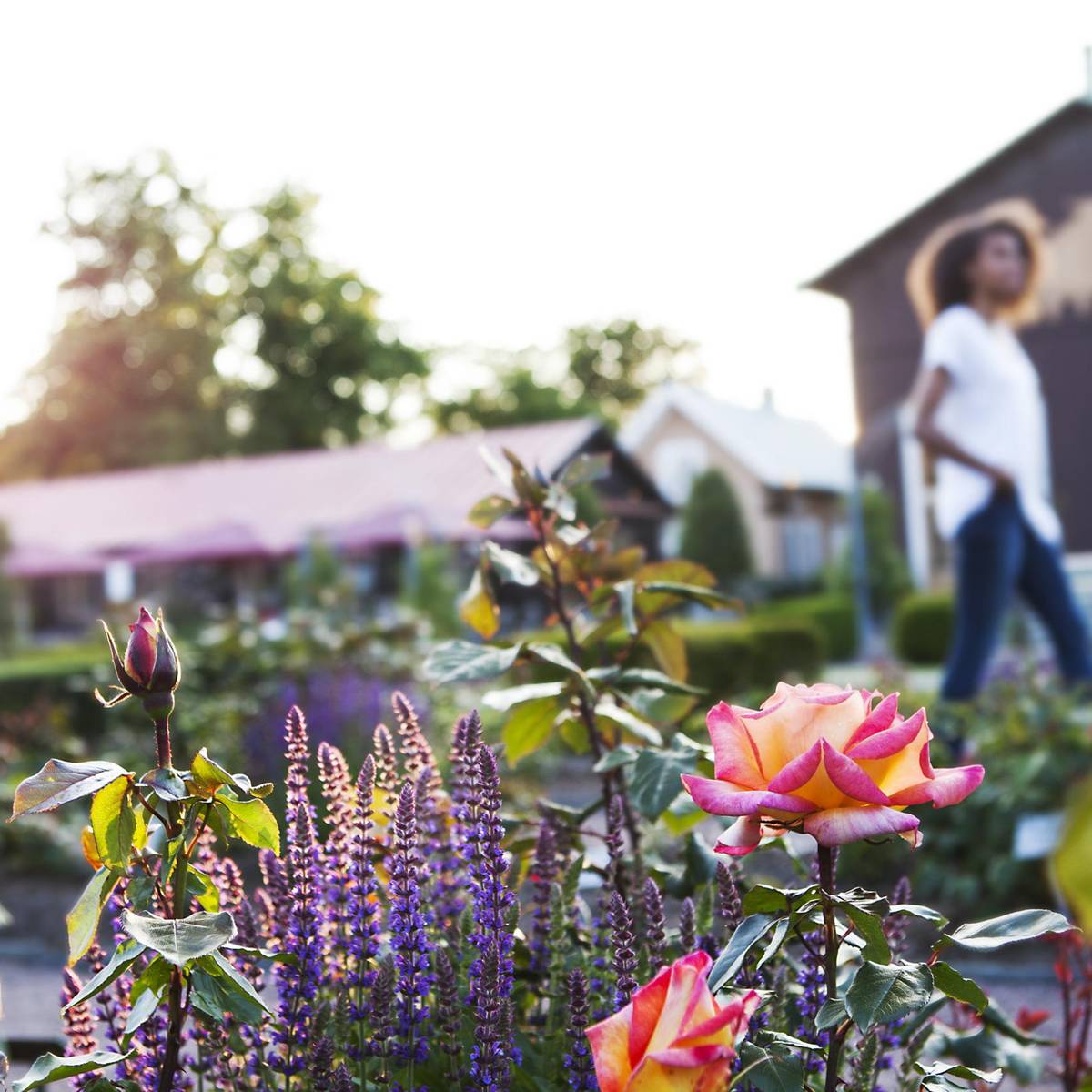The 30 national parks in Sweden preserve the rich natural heritage that has helped shape the country’s nature-loving culture.
These three national parks all offer stunning scenery, unique wildlife and pristine nature – ideal settings for an unforgettable holiday:
Ängsö National Park – a floral paradise in the Stockholm archipelago
The coastal region of Roslagen, in the northern part of the Stockholm archipelago, is known for its natural beauty and abundant wildflower meadows. One of the best locations to witness this impressive floral display is at Ängsö National Park, a small island eight kilometres off the coast. In the early spring, white wood anemones blanket the ground, and a mass flowering of elderflower orchids occurs annually between mid-May and mid-June. In total, more than 400 species of wildflowers grow in the fertile meadowland and wooded pastures.
Ängsö was one of Sweden’s original national parks, established in 1909 to help preserve the region’s traditional farmland. The national park’s woodlands provide a welcoming habitat for a wide range of bird species, including the large sea eagles that shelter in the old-growth forest. To protect these winged inhabitants, much of the eastern side of the island is a bird sanctuary, closed to the public between early February and mid-August.
There are walking paths throughout the island and wet sections are equipped with wooden planks to make crossing easy. In the dry summer months, wheelchairs and prams can travel most of the paths. Overnight stays are not permitted on the island. However, there are grilling facilities, rest spots and toilets throughout the park.
Ferries operated by Waxholmsbolaget run daily from Strömkajen in Stockholm during the spring and summer months.
